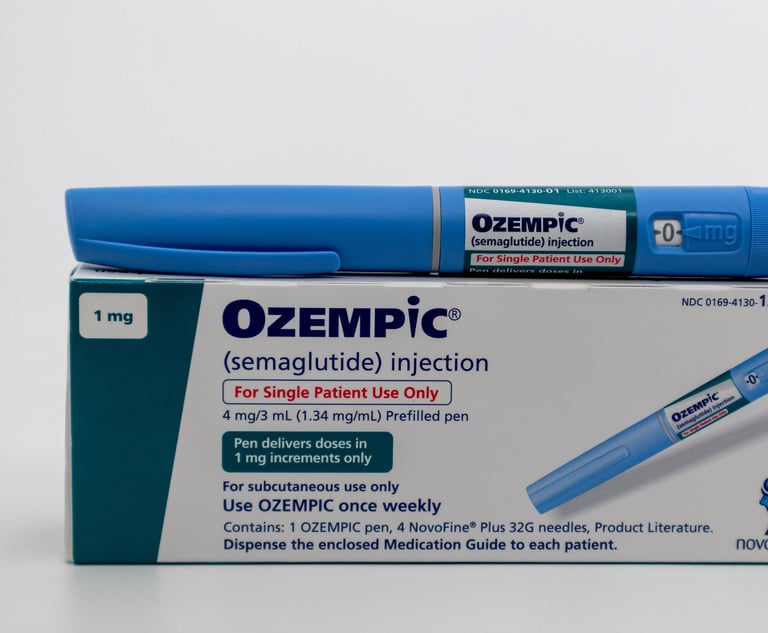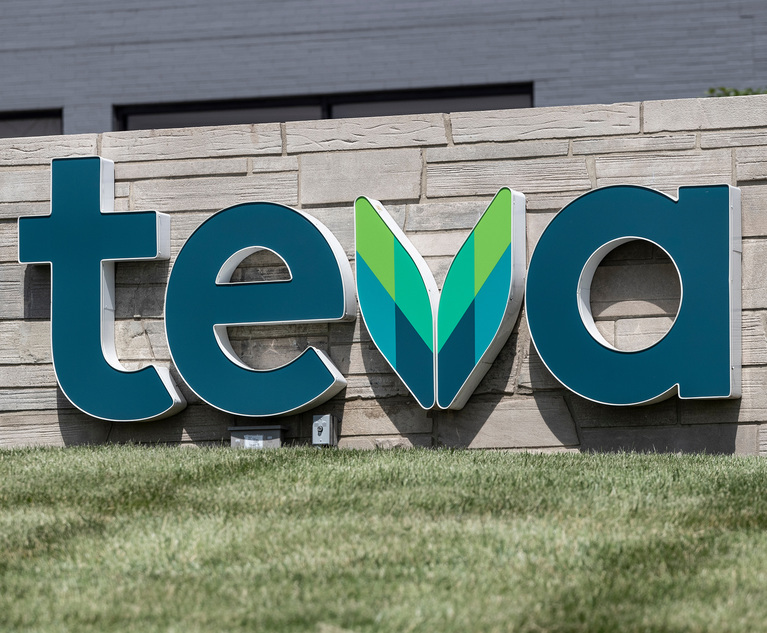Developing new drugs and treatments has never been an easy task. To gain operational efficiencies and address complex scientific, technical, and regulatory challenges in today’s environment, pharmaceutical companies are increasingly partnering with other pharmaceutical and biotech companies to bring together complementary strengths, such as commercialization, manufacturing, and IP and know-how to investigate new products and expand their product portfolio. This model allows large pharmaceutical companies to spread their cash across multiple collaborations and increase their chances of hitting big on the next blockbuster drug. It also accelerates the path to market for smaller specialty pharmaceutical and biotech companies.
But studies have shown that over 60% of pharmaceutical collaborations end in failure. How can companies anticipate and address future pain points in collaboration agreements? And what can companies do to protect themselves when collaboration ends in conflict and termination is inevitable? Here are six ways to navigate pharmaceutical partnerships and disputes.


 Teresa Bonder, left, and Jamie George, right, of Alston & Bird. Courtesy photos
Teresa Bonder, left, and Jamie George, right, of Alston & Bird. Courtesy photos




